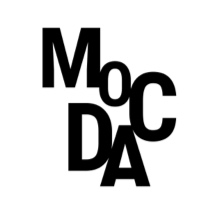top of page
Hackatao
Behind the nickname Hackatao, there is an ecletic artistic couple that in 2007 decides to create the Podmorks, these funny and colored beings (maybe ufos or dreamy monsters).
The two artists are Nadia Squarci and Sergio Scalet: a couple both in real life and for work. Both of them moved to Milan when they were young, and both came from the advertising world, and in 2006 they started the artistic project of Hackatao. For years they lived in the creative neighborhood of Milan, Zona Isola, but later they moved in the calmer little medieval village Oltris near Udine.
Last update on 10-03-2023
Let us know how we can improve this record: info@mocda.org
Featured Artworks
The Foundry
Events
Sign up to our Newsletter
Hear about activities, events and exhibitions from MoCDA.
Exhibitions
bottom of page
